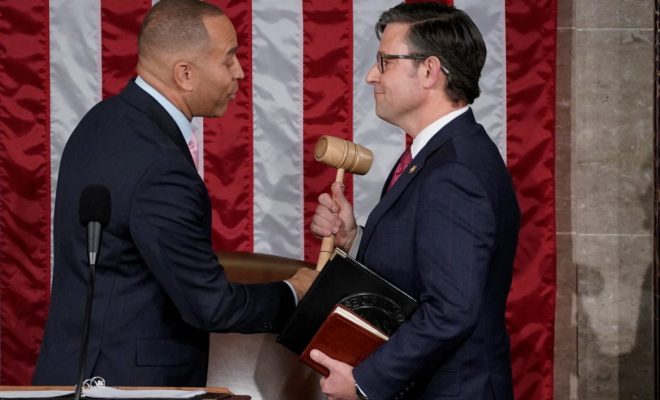Trump’s Plans for Infrastructure Spending Announced

The Trump administration has unveiled its plans for a comprehensive infrastructure spending package, aimed at revitalizing America’s aging infrastructure and stimulating economic growth. This ambitious proposal seeks to address a wide range of infrastructure needs across the country.
Key Components of the Plan
- Transportation Infrastructure
- $200 billion for highway and bridge repairs and upgrades
- $50 billion for modernizing airports and air traffic control systems
- $20 billion for high-speed rail projects
- Energy Infrastructure
- $100 billion for modernizing the electrical grid
- $30 billion for expanding natural gas pipelines
- $25 billion for renewable energy projects
- Water Infrastructure
- $80 billion for upgrading water treatment facilities
- $40 billion for flood control and coastal resilience projects
- Broadband and Telecommunications
- $50 billion for expanding rural broadband access
- $20 billion for 5G network development
- Public Facilities
- $30 billion for modernizing schools and educational facilities
- $25 billion for upgrading veterans’ hospitals and facilities
Funding Mechanism
The administration proposes a multi-pronged approach to funding this $670 billion package:
- Federal funding: $200 billion in direct federal spending
- State and local contributions: $200 billion through matching funds
- Private sector investment: $270 billion through public-private partnerships
Economic Impact
The administration projects that this infrastructure plan will:
- Create approximately 4 million new jobs over the next four years
- Boost GDP growth by an estimated 0.5% annually
- Improve long-term productivity and competitiveness of the U.S. economy
Implementation Timeline
- Immediate focus on “shovel-ready” projects to stimulate rapid job creation
- Phased approach over 10 years for larger, more complex projects
- Streamlined permitting process to accelerate project timelines
Challenges and Criticisms
While the plan has garnered support from various sectors, it also faces several challenges:
- Funding Concerns: Critics argue that the reliance on state and private sector funding may be unrealistic.
- Environmental Impact: Some environmental groups express concerns about the emphasis on fossil fuel infrastructure.
- Urban vs. Rural Balance: Questions have been raised about the equitable distribution of funds between urban and rural areas.
- Political Hurdles: The plan will require bipartisan support in Congress, which may be challenging in the current political climate.
Next Steps
The administration plans to submit the detailed proposal to Congress in the coming weeks. Extensive negotiations are expected as lawmakers from both parties weigh in on the plan’s components and funding mechanisms.
This infrastructure spending plan represents a significant effort to address long-standing issues in America’s infrastructure while also serving as an economic stimulus. Its success will depend on the ability to navigate political challenges and effectively implement projects across diverse sectors and regions of the country.






